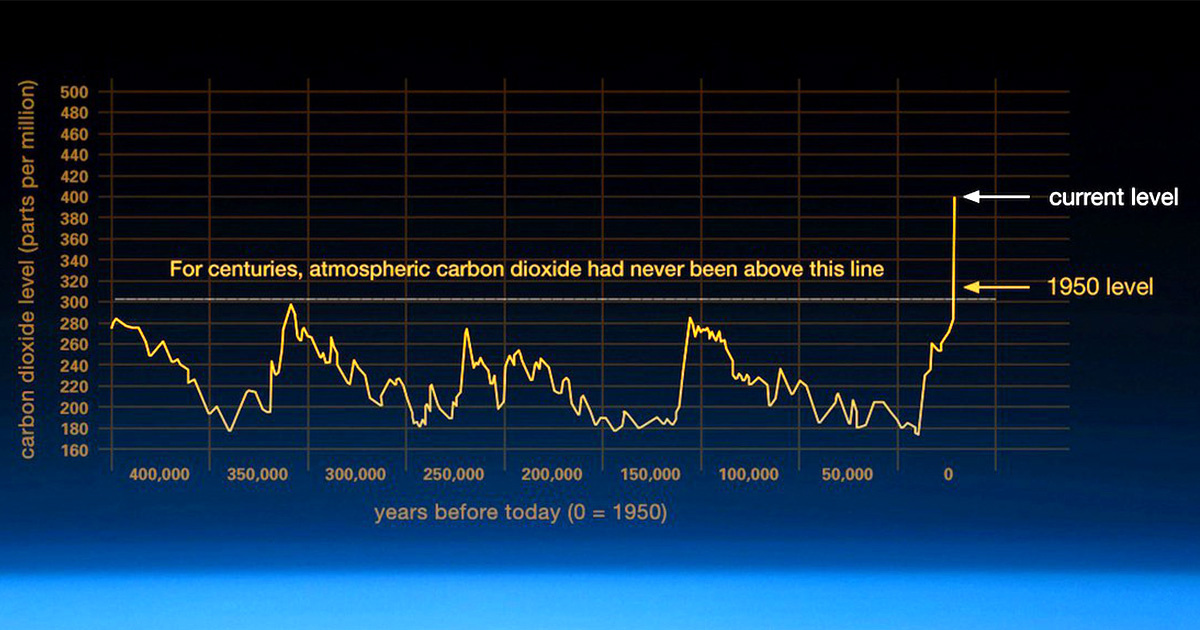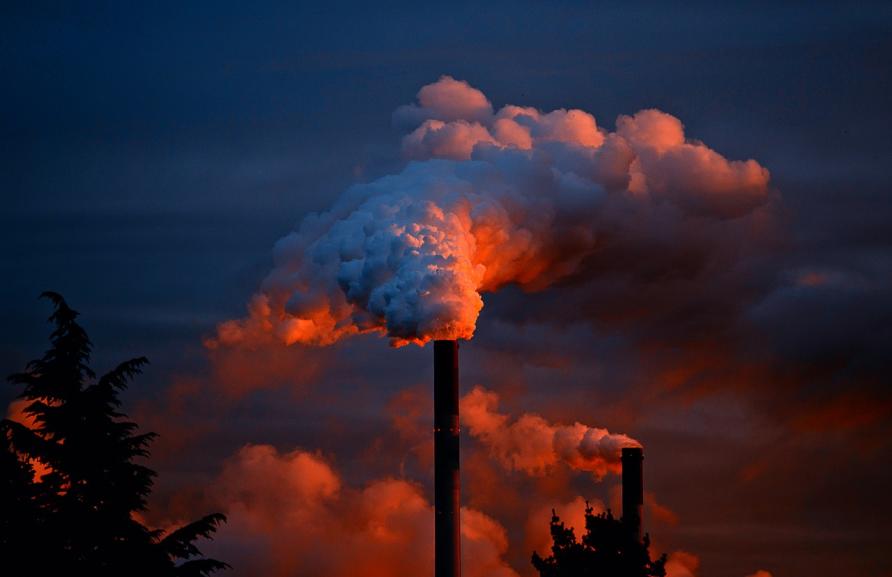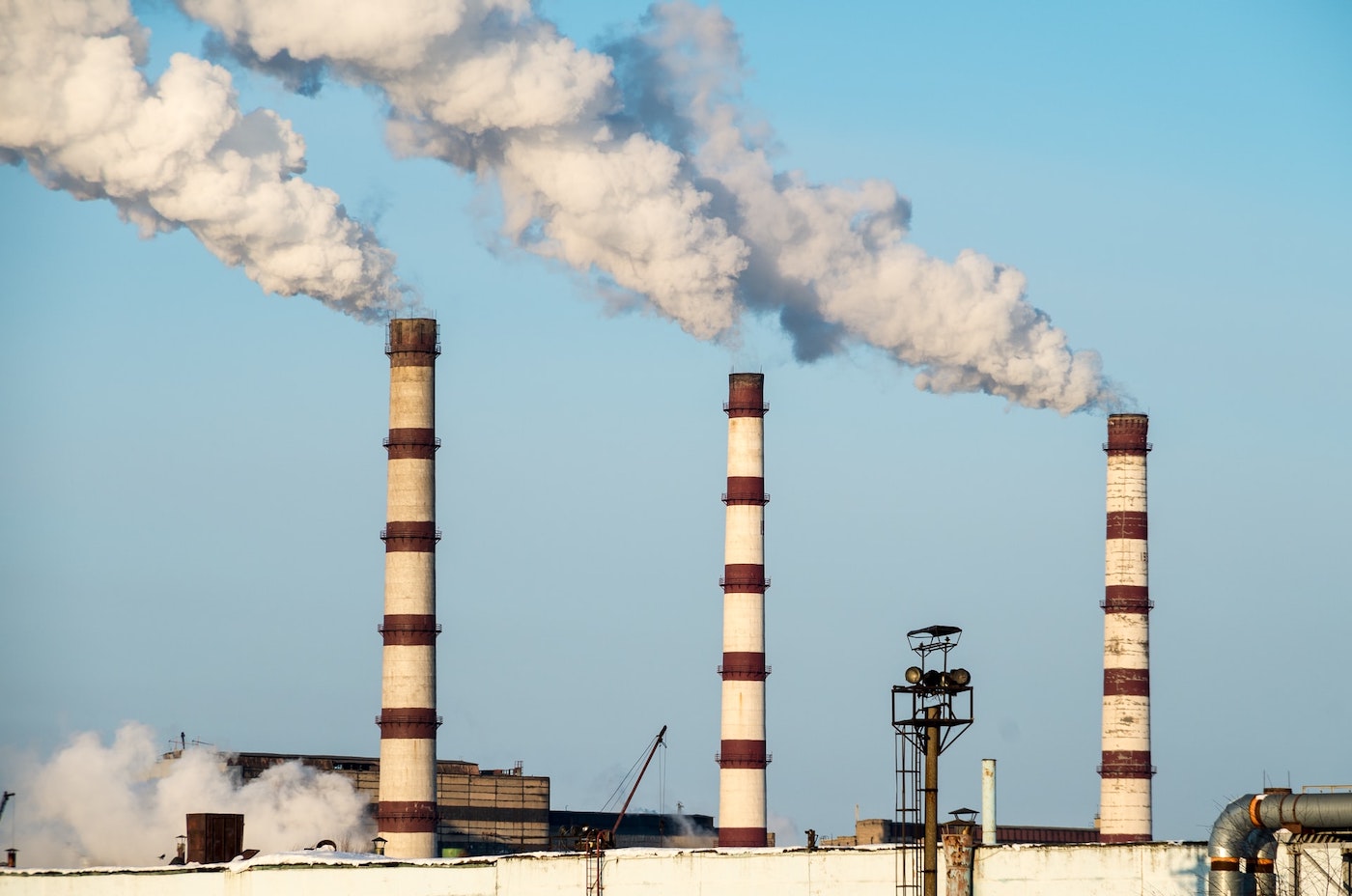Recent findings from federal scientists reveal a concerning trend in the levels of carbon dioxide (CO2), methane, and nitrous oxide – the three most significant human-caused greenhouse gases. Despite ongoing efforts to combat climate change, these gases continue to increase steadily, driven primarily by the burning of fossil fuels. The National Oceanic and Atmospheric Administration (NOAA) sounded the alarm, emphasizing the urgent need for decisive action to address this pressing global issue.

Carbon Dioxide Surge
In 2023, the global surface concentration of carbon dioxide reached a staggering 419.3 parts per million (ppm), marking a significant increase of 2.8 ppm compared to the previous year. This surge represents the 12th consecutive year of CO2 escalation by more than 2 ppm, underscoring the sustained acceleration of greenhouse gas emissions. Factors contributing to this rise include the continued combustion of fossil fuels and elevated fire emissions, possibly exacerbated by climate phenomena such as the transition from La Niña to El Niño.
Elevated Methane and Nitrous Oxide Levels
Alongside carbon dioxide, methane and nitrous oxide also experienced notable upticks in atmospheric concentration. Methane, a potent greenhouse gas with heightened heat-trapping capabilities, soared to an average of 1922.6 parts per billion (ppb) in 2023, reflecting an increase of 10.9 ppb compared to the previous year. Similarly, nitrous oxide levels rose by 1 ppb to 336.7 ppb. These escalating emissions pose a grave threat to environmental stability, with fossil fuel pollution exacerbating natural processes and leading to further greenhouse gas releases from ecosystems like wetlands and permafrost.
Understanding the Causes of Global Warming
The primary driver behind global warming is the burning of fossil fuels, including coal, oil, and gas, which releases greenhouse gases into the atmosphere. These gases, particularly carbon dioxide and methane, trap solar radiation within the Earth’s atmosphere, resulting in a gradual increase in temperature. Despite being invisible and odorless, carbon dioxide accounts for a significant portion of greenhouse gas-induced warming, contributing to 63% of the overall effect. Alarmingly, atmospheric carbon dioxide levels now mirror those observed during the mid-Pliocene epoch approximately 4.3 million years ago, highlighting the unprecedented nature of current emissions.

As the world grapples with the escalating threat of climate change, urgent action is imperative to mitigate greenhouse gas emissions and curb the destructive impact on our planet. Addressing the root causes of global warming, reducing reliance on fossil fuels, and transitioning to renewable energy sources are crucial steps toward safeguarding the environment for future generations. With concerted efforts and collective commitment, there remains hope for mitigating the adverse effects of climate change and preserving the delicate balance of our planet’s ecosystems.
